Caspian Lowland Desert
The ecoregion’s land area is provided in units of 1,000 hectares. The conservation target is the Global Safety Net (GSN1) area for the given ecoregion. The protection level indicates the percentage of the GSN goal that is currently protected on a scale of 0-10. N/A means data is not available at this time.
Bioregion: Caspian Sea, Coastal Deserts & Kopet Dagh Mountain Woodlands (PA33)
Realm: Central Eurasia
Ecoregion Size (1000 ha):
26,790
Ecoregion ID:
815
Conservation Target:
55%
Protection Level:
1
States: Kazakhstan, Russia, Turkmenistan, Iran
Glittering saltpans and wind-rippled dunes typify the Caspian Desert. These lowland plains border the illustrious Caspian Sea, the largest salt lake in the world and a trove of endemism. The endemic Caspian seal is the only mammal to swim these waters, and the only seal in the world to reproduce on both ice and land. Sand cat, corsac fox, and short-toed snake eagle inhabit the deserts, whilst coastlines are a paradise for birdlife.
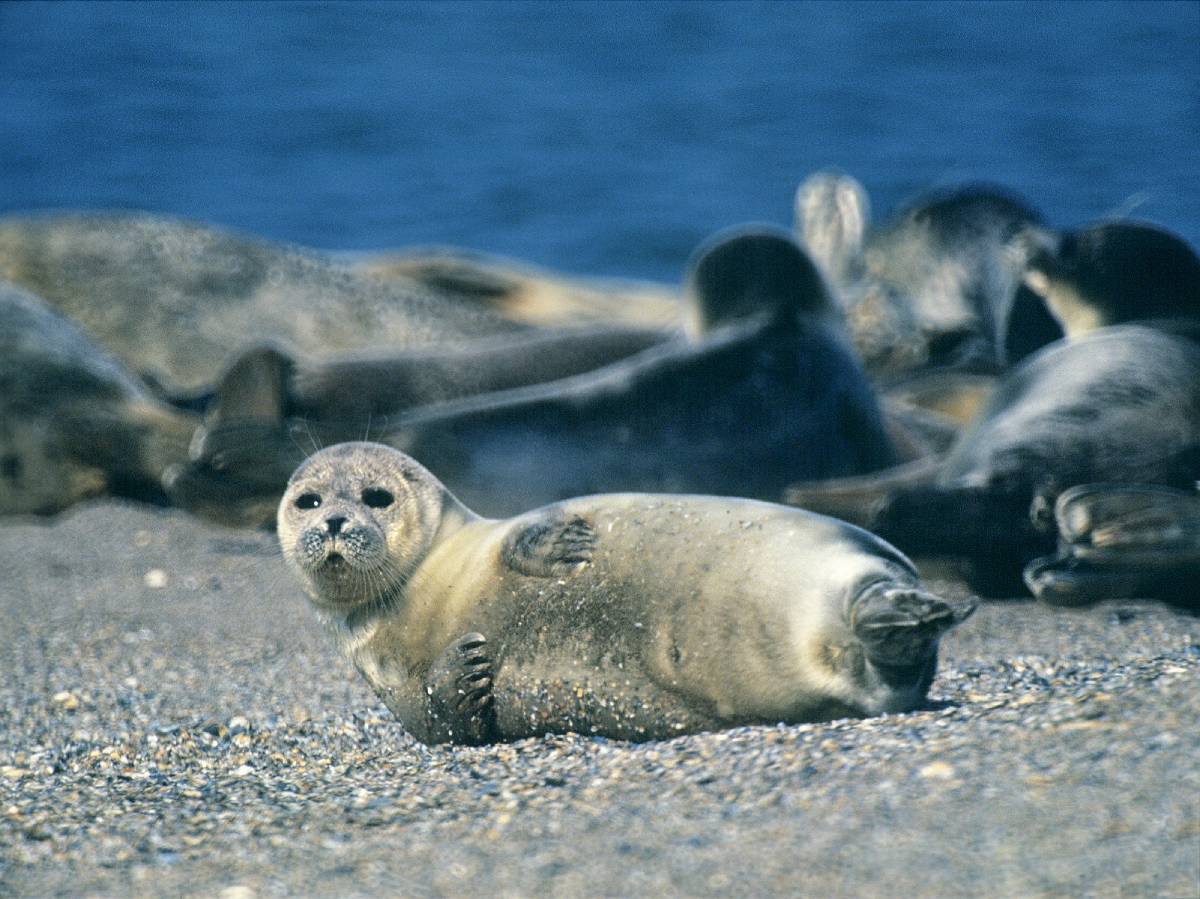
The flagship species of the Caspian Lowland Desert ecoregion is the Caspian seal.
The Caspian Lowland Desert lies on the northern and eastern shores of the Caspian Sea at elevations between -28 to 100 m, following the coastlines of Russia, Kazakhstan, Turkmenistan, and Iran. The average annual temperature of this ecoregion is 15.4°C, and the annual precipitation is around 150 mm, with a frostless period of about 260 days. Coastal deserts of sand dunes, clay takyrs, and immense saltpans fringe the shoreline.
Marine eelgrass and algae grow in shallow waters, which yield to largely impoverished deserts that only support plants highly specialized for salinity and drought: sagebrush, tetyr, and sarsazan. The ecoregion sweeps inland in the North, where the desert is interrupted by feather grass steppes and deltas. Russia’s Samur River Delta harbors a unique vine forest that dates back to the Tertiary Period at least 2.6 million years ago, whilst the waters of the Volga Delta blossom with lotuses.
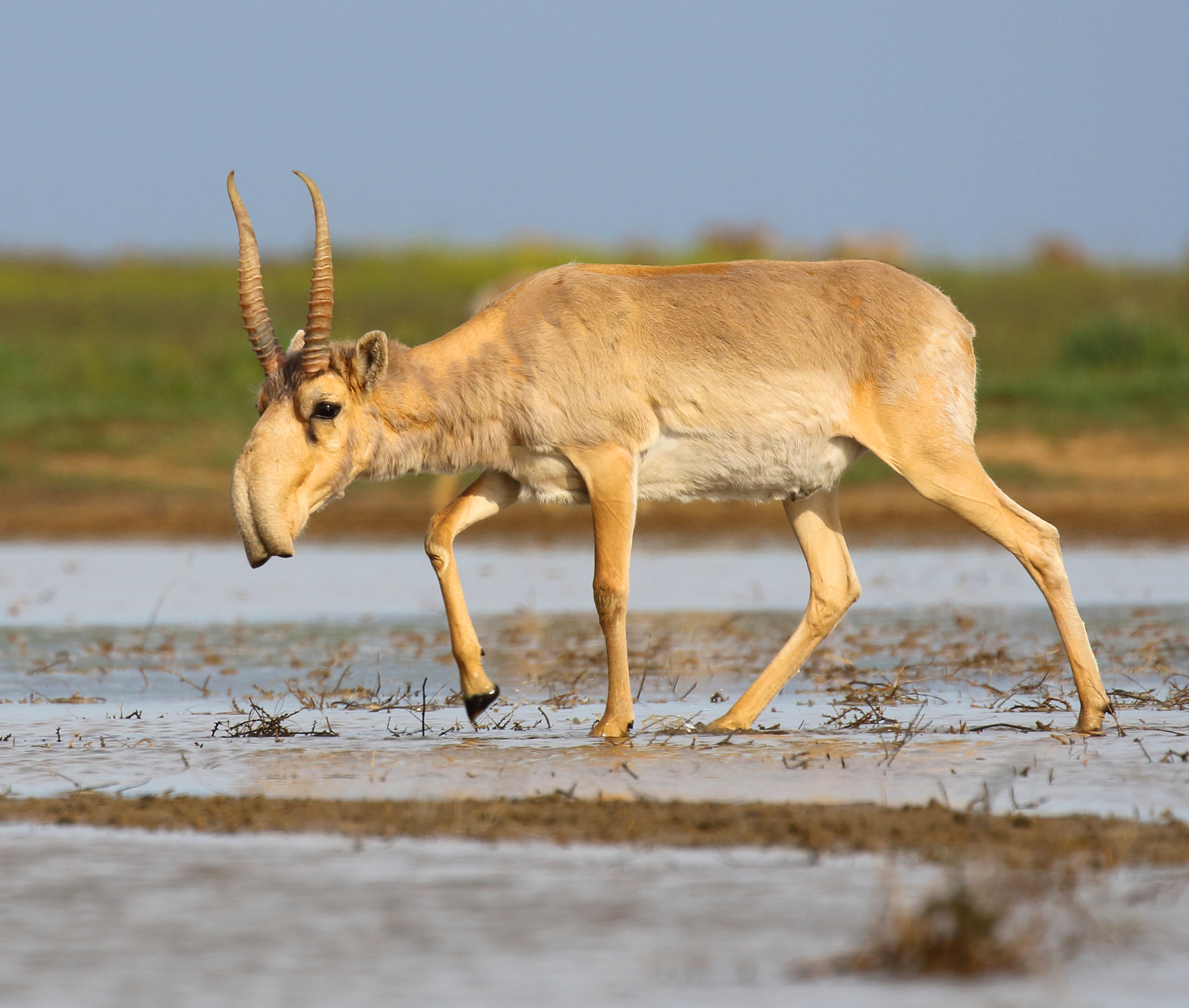
Saiga antelope. Image credit: Andrey Giljov, Creative Commons
The Caspian Sea is famed for harbouring numerous critically endangered sturgeon species, including Russian sturgeon, ship sturgeon, beluga, and the near-endemic Persian sturgeon. Other Caspian Sea endemics include the Caspian tadpole goby, Caspian roach, and the jellyfish Moerisia pallasi, whilst on land, the endemic Caspian cricket is known only from one locality near the Volga Delta. Wetlands are critical for migrating and wintering birds, hosting extensive flocks of greater flamingos, common coot, goldeneye, mute swan, and various diving ducks. The desert in the northwest of the ecoregion hosts one of Kazakhstan’s three populations of Saiga antelope. Once widely hunted, the now protected Caspian seal faces modern threats from viral disease and water pollution; it is listed as endangered by IUCN, with a most recent population estimate of 68,000 individuals.
-2018.jpg)
Wild horses. Image credit: Oleg Mileev, Creative Commons
Recent years have seen a drastic expansion in the extent of uranium mining and oil and gas production across the region.i The Caspian Sea is hugely important as a commercial fishery; it is a source of kilka, carp, bream, roach, and 90% of the world’s sturgeon, a fish that is revered for caviar. Most protected areas focus on coastal and delta regions. Russia’s Volga Delta is a Ramsar Site Wetland of International Importance and includes the Astrakhanskiy Biosphere Reserve. In Turkmenistan, the vast Hazar Nature Reserve is an Important Bird Area, encompassing the large island of the Ogurchinskiy Sanctuary in the Caspian Sea.
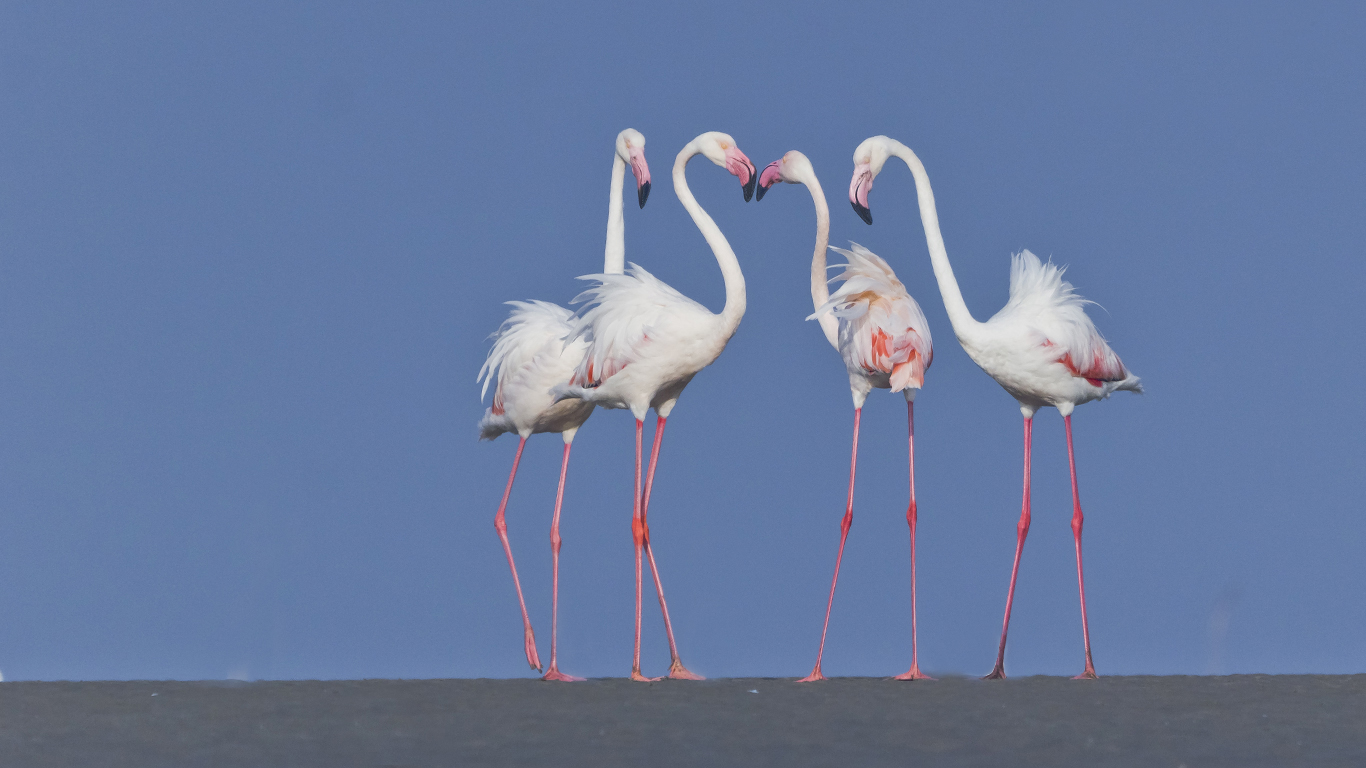
Greater flamingo. Image credit: Wikimedia Commons
The development of offshore oil and gas fields has led to pollution, groundwater depletion, and poisoning of flora and fauna. Marine life is threatened by overexploitation of fish stocks due to widespread illegal fishing, and the invasive sea walnut is a pervasive alien species that is disrupting native ecosystems. Rising sea levels has reduced the area of coastal ecosystems, whilst intensified land use in the Caspian lowlands has caused desertification, salinization, and swamping, with some salt marshes subject to total loss of vegetation.
Transnational approaches to resource use of the region are being coordinated through the recently signed Convention on the Legal Status of the Caspian Sea. Invasive species monitoring is a priority, and environmental assessments are now mandatory before new oil and gas projects can be developed. Captive breeding programs and anti-poaching efforts seek to restore populations of sturgeon and other rare fish species.
The priority conservation actions for the next decade are: 1) expand species protection efforts to beyond those that are most economically important; 2) strengthen legal enforcement of management of fisheries and protected areas; and 3) widen a network of protected areas that traverses national boundaries and ensures all ecosystems are represented.
Citations
1. Ministry of Environment and Water Resources of the Republic of Kazakhstan (2014). The Fifth National Report on Progress in Implementation of the Convention on Biological Diversity.
2. Ministry of Nature Protection of Turkmenistan (2014). Turkmenistan Fifth Report to Implement UN Biodiversity Conservation Decisions at a National Level. Ashgabat.
3. WWF. 2018. Western Asia: Along the coast of the Caspian Sea in Russia, Kazakhstan, Turkmenistan, and Iran. [Online]. [Accessed 30th April 2019]. Available from: https://www.worldwildlife.org/ecoregions/pa1308
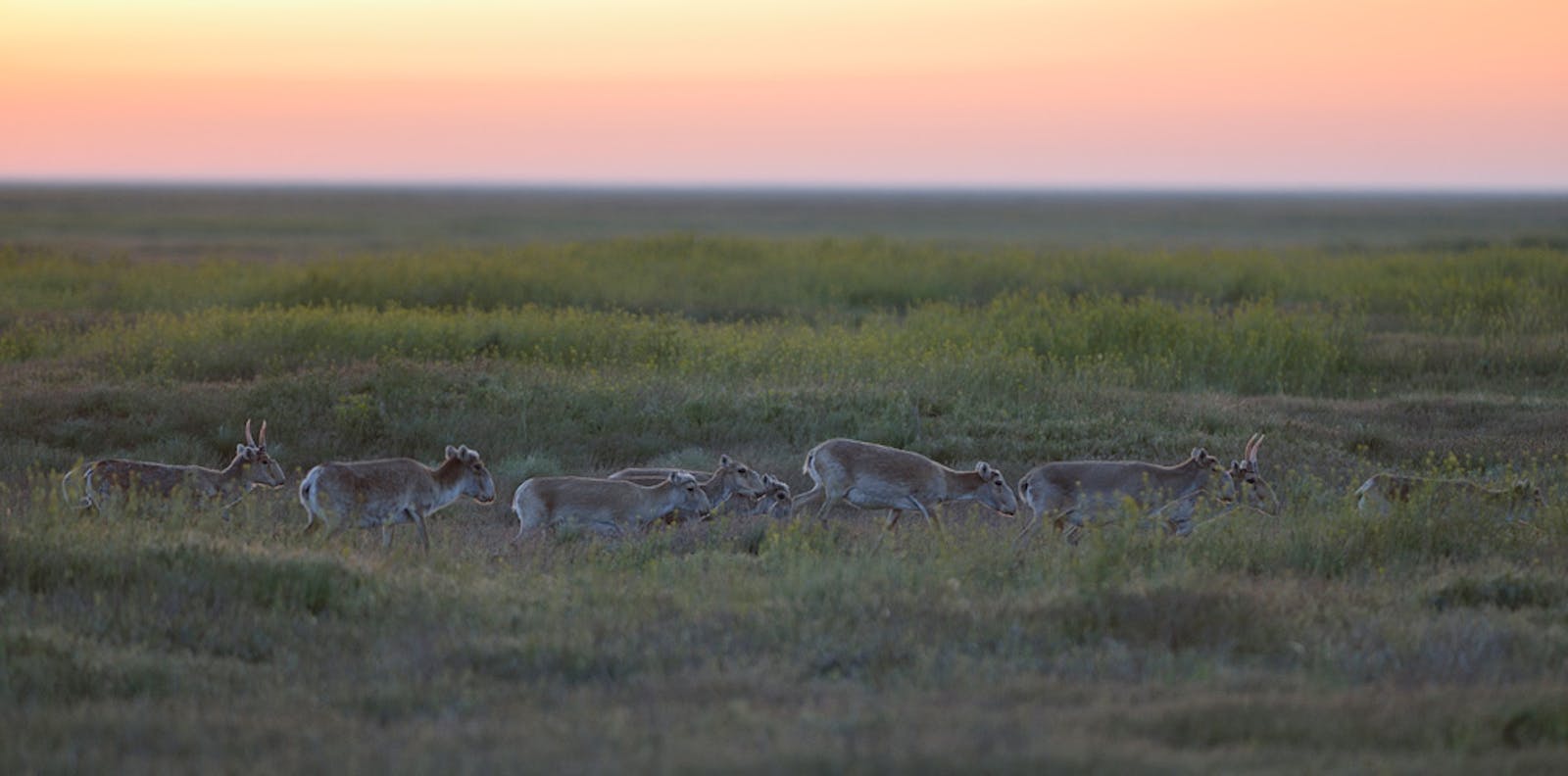
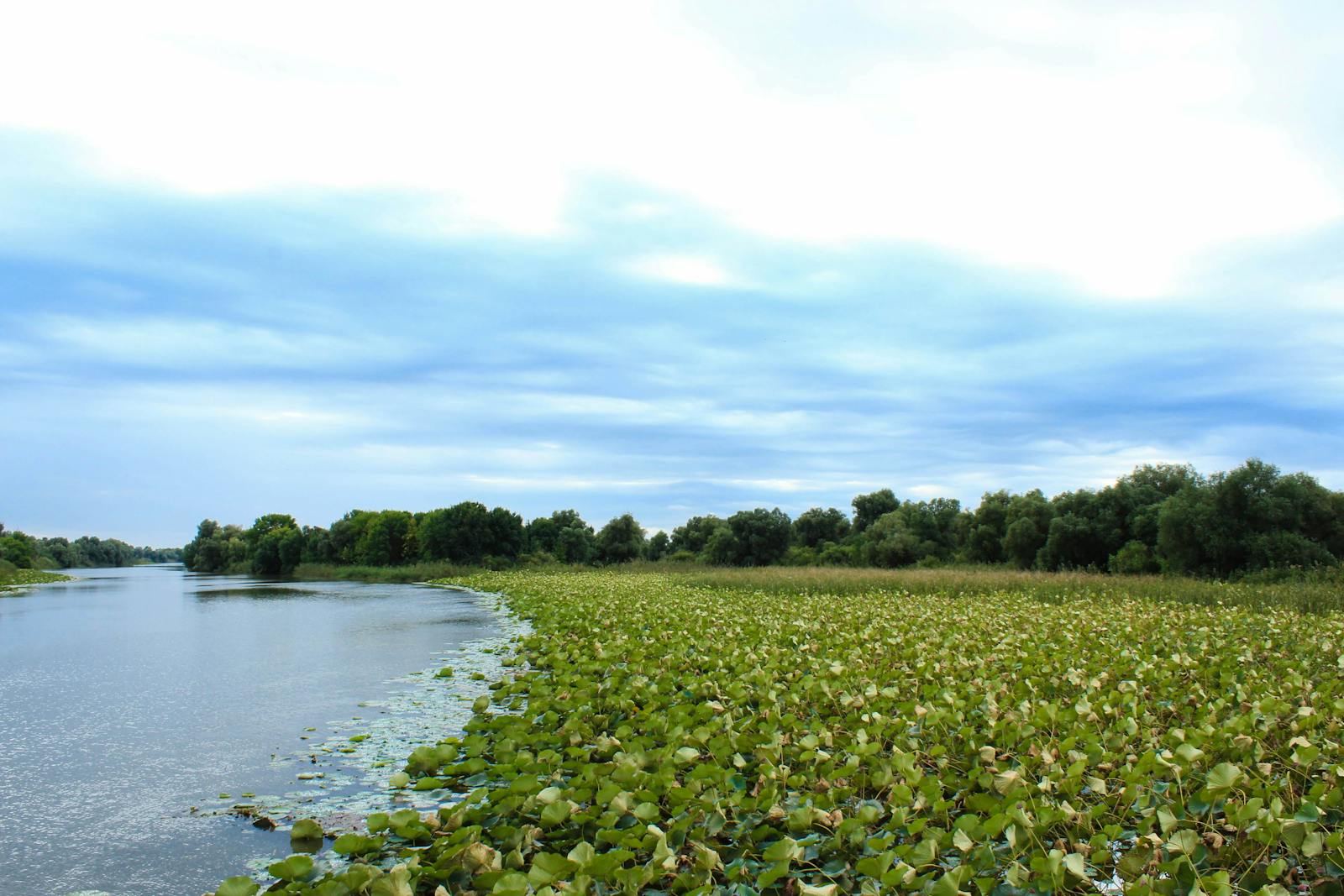
.png?auto=compress%2Cformat&w=300)

